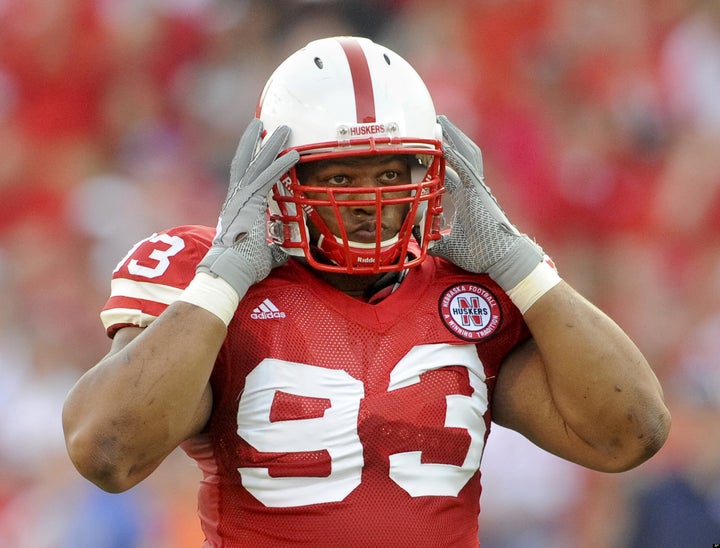
Even if the playoffs are phenomenal and the Super Bowl is superb, the National Football League will remain haunted by its "head cases." And we don't mean Terrell Owens. Or Randy Moss. Or Brett Favre.
To counter the growing consensus in the medical community that concussions from football produce cognitive decline, dementia, and depression, League officials have for years opted for a prevent defense. And continued to lose ground. In September, 2009, a study of 1,063 retired players conducted by researchers at the University of Michigan revealed that 1.9% of players aged 30 through 49, nineteen times the national average, had received dementia-related diagnoses. For players age 50 and above, it was 6.1%, five times the national average. A spokesman for the NFL called for further study. At a hearing before the House Judiciary Committee in October, Commissioner Roger Goodell declined to directly answer questions about the brain damage suffered by football players, prompting several representatives to compare today's stone-walling NFL to yesterday's tobacco industry.
At the end of the year, the NFL began to bend. Just a little. The League agreed to release the medical records of all players to Congress. It mandated that players who lose consciousness, are disoriented, or exhibit persistent headaches, not return to play or practice the same day. And it announced that teams would be required to solicit advice from "independent neurologists" before sending players who had sustained concussions back on the field.
And yet, the co-chairmen of the NFL's concussions committee have resigned and the committee's study of former players has been suspended following allegations of conflict of interest and methological problems.
Critics have lambasted helmet-testing by the League as scientifically flawed, and unduly influenced by Riddell, the company which manufactures the NFL's "official helmet." The safety protocol for these helmets, they point out, simulates only collisions that cause skull fractures. A new approach, called linear impact, tests only for hits in the open field, where players are moving at full speed, and does not account for the vast majority of concussions, which occur at the line of scrimmage.
Riddell's competitors, Schutt and Xenith, are said to be developing safer helmets. Xenith's Xi1, for example, uses shock absorbers that work like automobile airbags, reducing the speed with which the head moves when it's hit. It seems clear, however, that no helmet will be a cure-all (especially when they keep falling off). Nor is anyone talking about headgear that can stop the brain from taking thousands of small hits, during practice and on game day. It's time to acknowledge that the helmet itself is the problem.
Equipment, it turns out, often makes a sport look less brutal when it's actually becoming more lethal. Bare-knuckle boxers, historian Elliott Gorn has shown, risked breaking their fingers when they hit hard but vulnerable spots like the temple and jaw. Once boxers wore gloves, which were designed to protect hands and not heads, they could throw such punches with impunity. Over a long career, gloved fighters were more likely to become brain-damaged, with Parkinson's Syndrome or some other neurological disorder, as the cumulative impact of repeated concussions "resulted in the 'punch drunk' syndrome."
As with gloves, we believe, helmets allow fans to release primitive violence, experienced vicariously, at a distance, and with a clear conscience. Week after week, like the cartoon character Road Runner, players, who are taught to hit with their "hats" (i.e. their heads) seem to run into each other at break-neck speeds without bleeding or breaking their necks.
Without helmets, football players would be reluctant to hit each other as hard for fear of injuring themselves. As they learned to "hit smart," head injuries, we can guess, might be almost as rare as they now are in rugby. The game would change, to be sure, but it just might become more interesting. As it did in 1905, when reports of injuries led to the replacement of the flying wedge with the forward pass.
A ban on helmets, according to League spokesman Greg Aiello, isn't on the NFL's agenda. If so, then how about an "end around" play? According to the National Trainers' Association between 43,000 and 67,000 concussions occur among high school football players each year. And a comparable number among varsity athletes in college. Public pressure, from parents, alumni, and taxpayers, can reduce the cost of equipment and make football more human and humane. We owe it to our kids. A mind, after all, is a terrible thing to waste.
